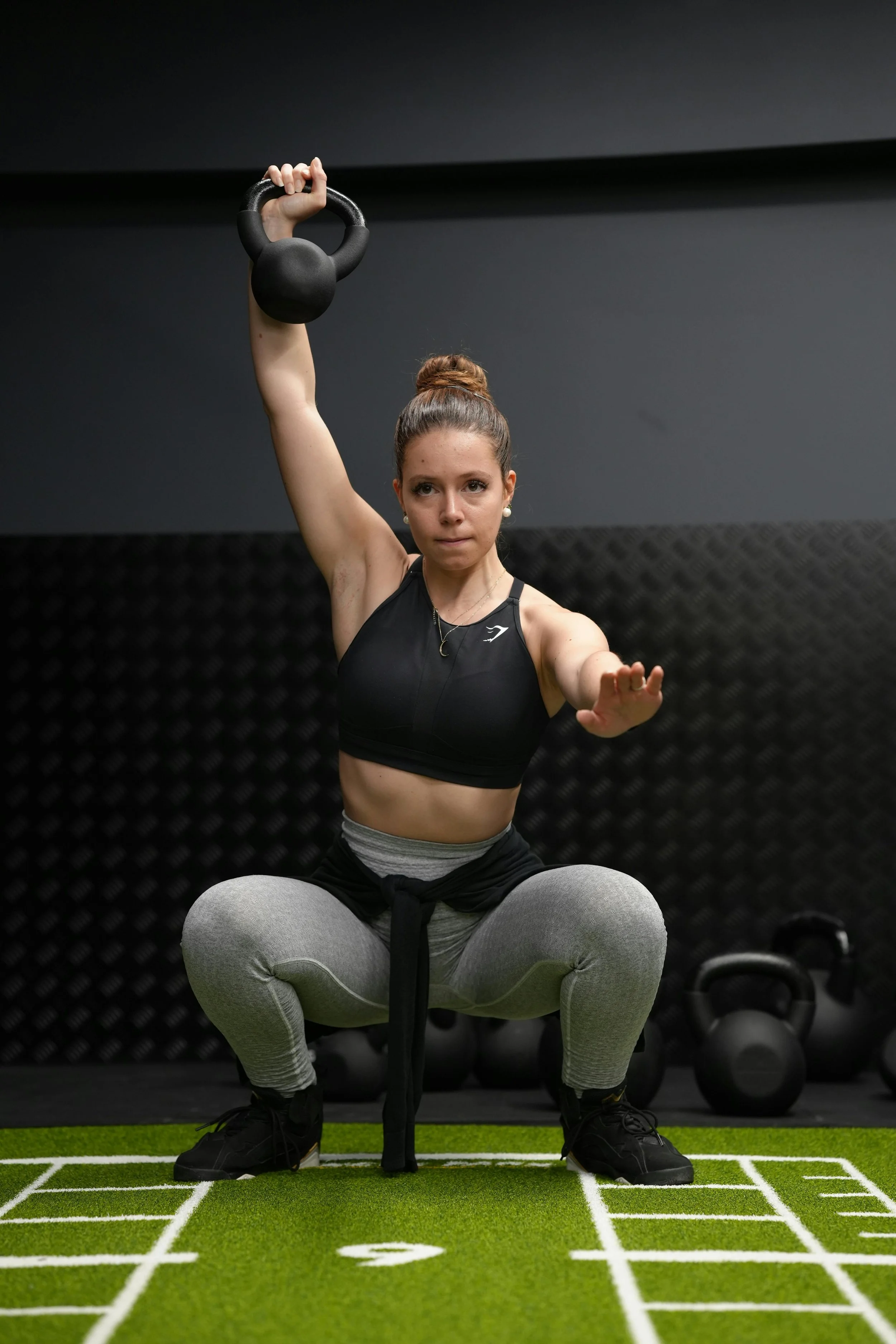
The Overlooked Parallel: How Fitness Mirrors Medicine’s Blind Spots on Women’s Pain
For decades, fitness programs have been designed using male physiology then handed to women as if gender doesn’t matter. But it does. From pain tolerance to injury risk, the data gap in exercise science puts women at risk. This article explores how systemic bias in both medicine and fitness continues to dismiss women’s bodies and what needs to change for real progress, safety, and equity.